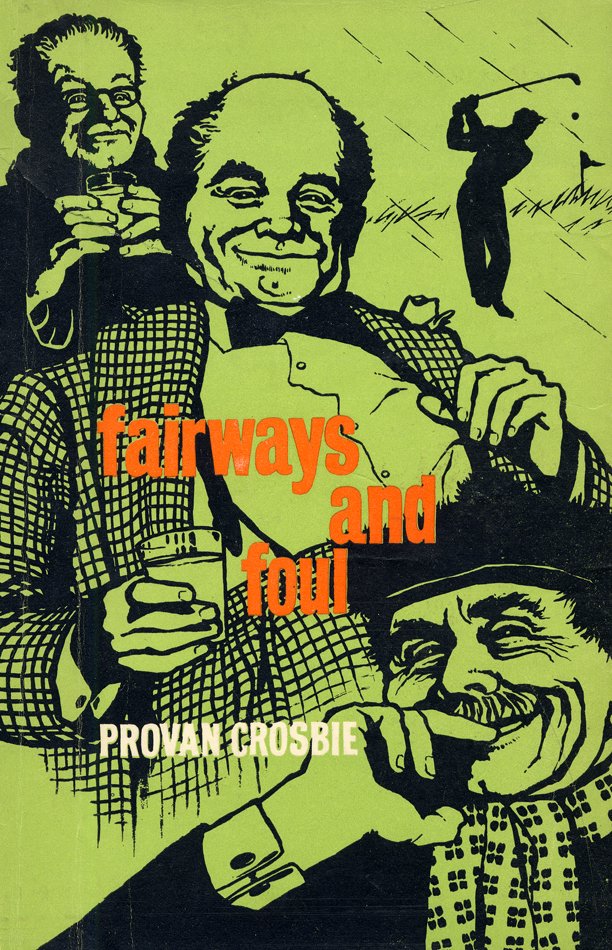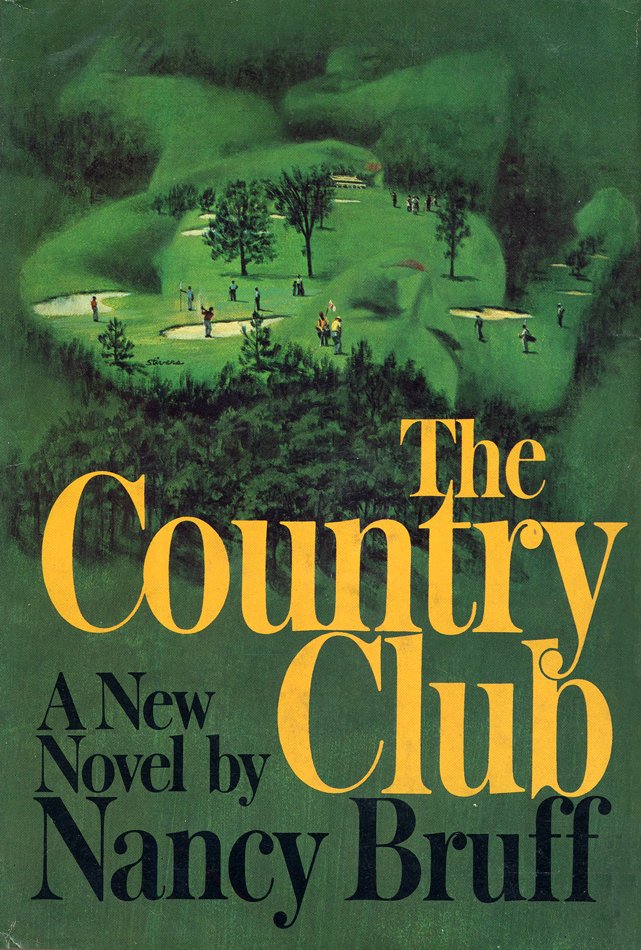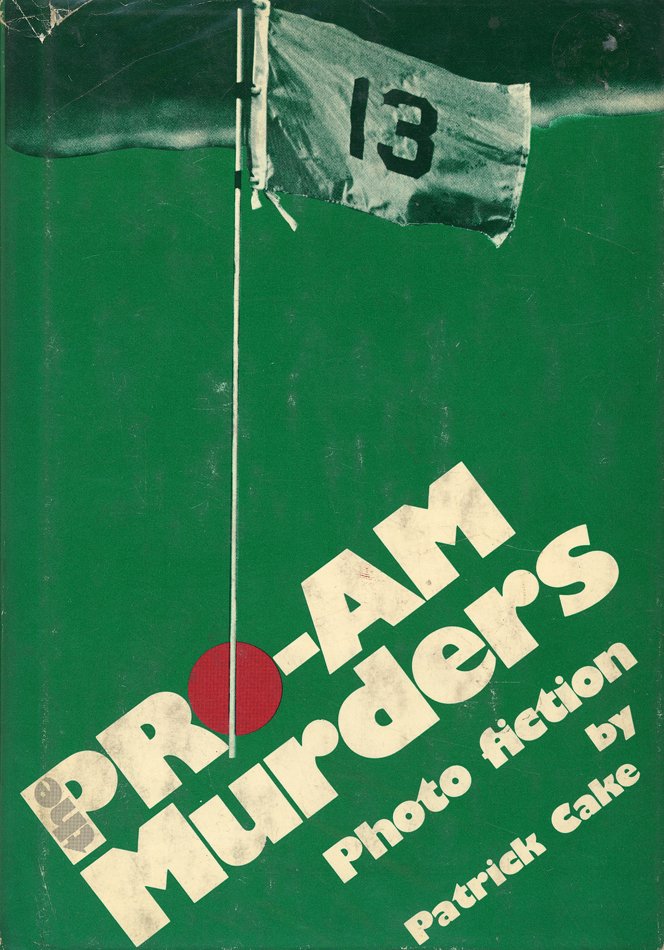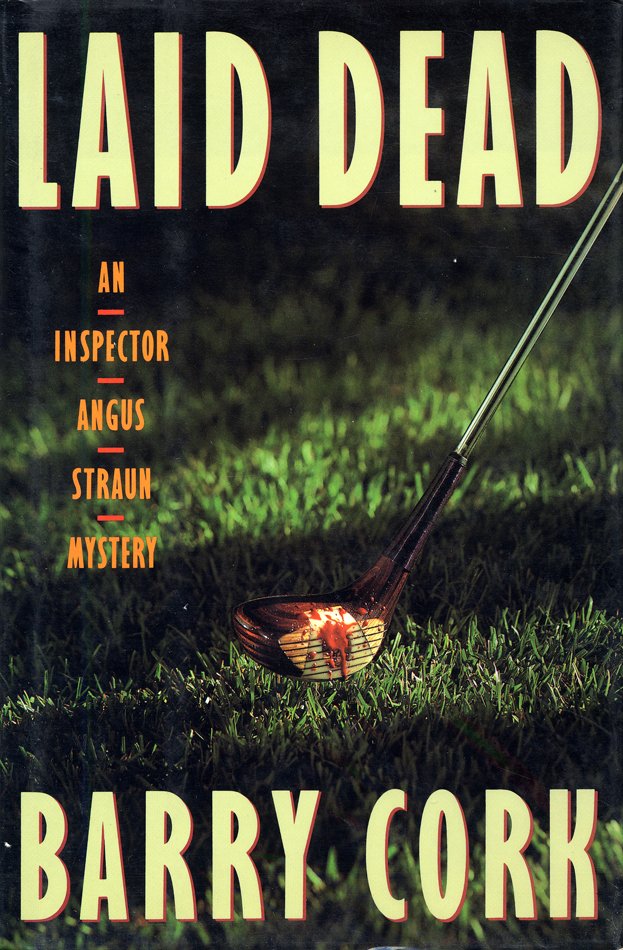GOLF TALES
'You're a good nine handicap,' said Bond with just sufficient sourness. He glanced at the balls in his hand to pick out Goldfinger's and hand it to him. He gave a start of surprise. 'Hullo!' He looked sharply at Goldfinger. 'You play a Number One Dunlop, don't you?'
'Yes, of course.' A sixth sense of disaster wiped the triumph off Goldfinger's face. 'What is it? What's the matter?'
'Well,' said Bond apologetically. ''Fraid you've been playing with the wrong ball. Here's my Penfold Hearts and this is a Number Seven Dunlop.' He handed both balls to Goldfinger. Goldfinger tore them off his palm and examined them feverishly.
Slowly the colour flooded over Goldfinger's face. He stood, his mouth working, looking from the balls to Bond and back to the balls.
Bond said softly, 'Too bad we were playing to the rules. Afraid that means you lose the hole. And, of course, the match.' Bond's eyes observed Goldfinger impassively.
Ian Fleming, Goldfinger (1959)
Ian Fleming's Goldfinger (1959) is rightly regarded as the greatest golf novel of all time. When the suave and self-assured agent James Bond encounters Aurie Goldfinger in a golf match and manages to confound the cheating archvillain by switching balls before the end of the game, golfers everywhere could understand 007's moment of triumphant satisfaction.
Yet other writers have also told golf tales, even if not to such a wide international audience as Fleming. John Cheever considered the figure of the golf widow in the course of his searching examination of suburban life. And Patrick Cake, like many other storytellers, is drawn to the golf course as an ideal setting for homicide. In The Pro-Am Murders (1979), set at the Bing Crosby National Pro-Am golf tournament on California's Monterey Peninsula, private investigator Dion Quince pursues a dangerous criminal who controls a binary bomb. Illustrated with photographs from actual golf tournaments at Cypress Point, Pebble Beach, and Spyglass Hill, Cake uses the familiar environment of a golf match to bring fresh plausibility to a scenario of terror.






